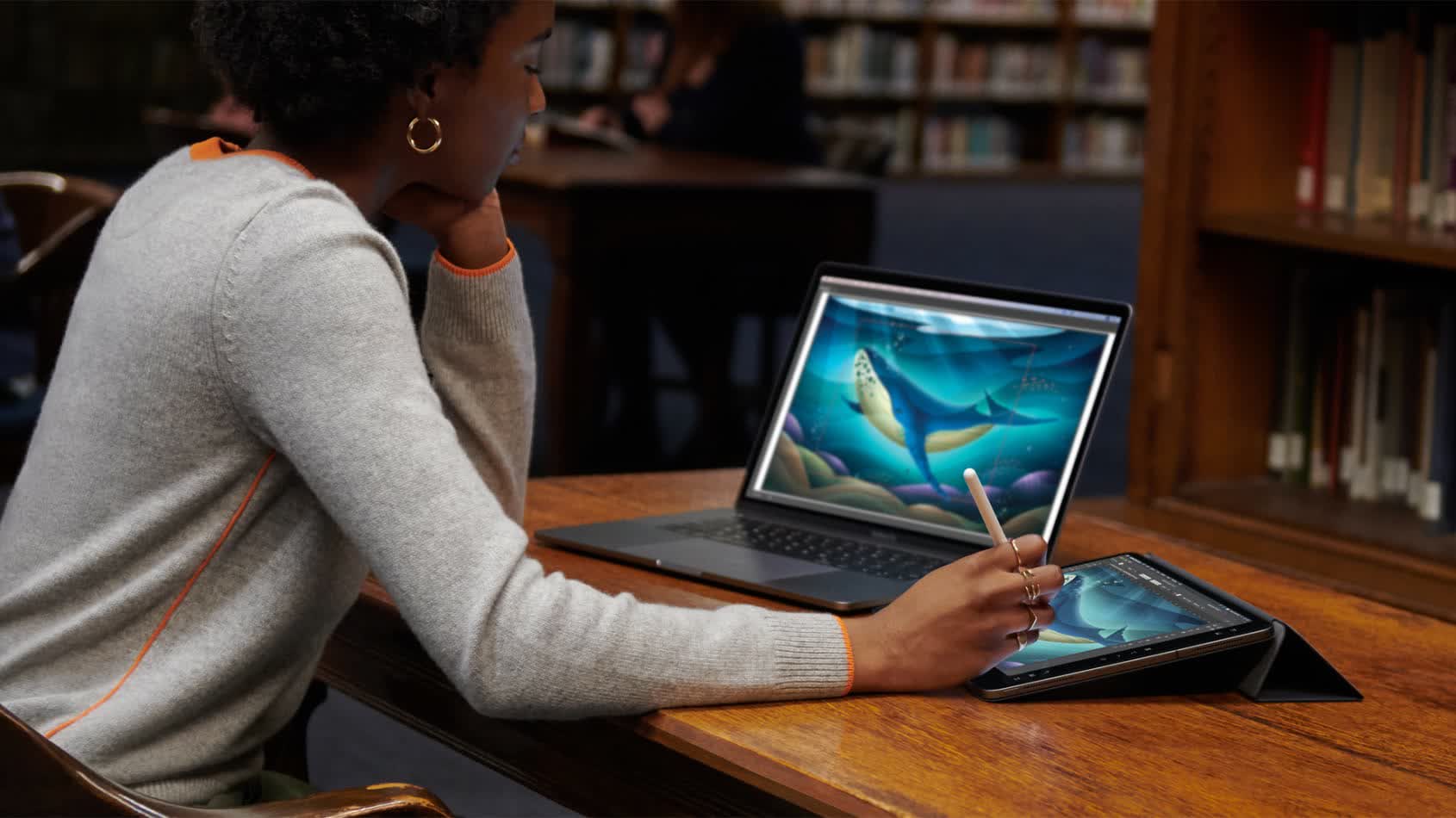Big quote: Apple CEO Tim Cook once famously said "you can converge a toaster and a refrigerator, but those things are probably not going to be pleasing to the user." Years later, the company is putting the same processor architecture at the heart of both iPad and Mac, but still strongly believes they are separate, complementary devices and that they should remain that way.

If there's one thing that Microsoft has proven with its Surface 2-in-1s over the years is that there's definitely a market out there for devices that encompass the best of both worlds -- that of the laptop with its keyboard and clamshell-like construction, and that of the tablet with its touchscreen, inking capabilities, and instant-on, always connected qualities.
With Apple transitioning all of its products to a unified architecture, some people have begun to question the company's insistence on keeping Mac and iPad separate with no product in between, nothing to blur the lines. The same M1 SoC that powers the new iPad Pro also powers the MacBook Air and the MacBook Pro. But other than being slightly thinner and fanless, there's little reason for the MacBook Air to exist, while the iPad Pro doesn't quite offer the same extensibility and ergonomics as, say, a MacBook Pro.

During an interview with The Independent, Apple marketing head Greg ‘Joz’ Joswiak and hardware lead John Ternus once again reiterated the company's firm position to keep the two hardware platforms separate. They explained that the main reason is that Apple is only interested in making the best product it can in every category and letting consumers vote with their wallets.
At the same time, they noted that some people are likely undecided about whether an iPad or a Mac is best for them, while some people have already integrated both into their workflow. And Joz insists that the two are complementary, not competing against each other, even as the iPad Pro has just become more Mac-like than ever.
In a recent editorial, The Verge's Monica Chin suggests that Apple should put macOS on the iPad, but even that's unlikely. The hardware convergence was the plan all along, but only to put that power in the hands of iPadOS app developers. Joz noted that companies like Adobe and Serif will quickly tap into this extra power, but he wouldn't say if Apple also has something in store for the software side of things.
https://www.techspot.com/news/89433-apple-wont-merge-ipad-mac-despite-hardware-convergence.html